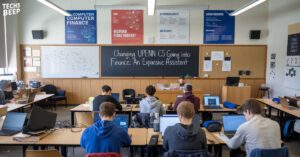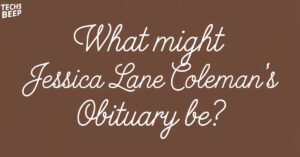In the grand narrative of economics, there’s always more than meets the eye. Just like a director’s cut of a blockbuster film, the story of Gross Domestic Product has its own deleted scenes. Today, we’re diving into “GDP – Deleted Scene – E355,” a fascinating glimpse into the nuances often overlooked in mainstream economic discourse.
This hidden chapter isn’t just about numbers and graphs. It’s about the human stories, the unseen contributions, and the complex web of factors that shape our economic reality. As we peel back the layers, we’ll discover a richer, more nuanced understanding of what truly drives our economy.
So buckle up, economy enthusiasts and curious minds alike. We’re about to embark on a journey through the cutting room floor of economic indicators, where we’ll uncover insights that could reshape how we view prosperity and progress.
The GDP’s Secret Layers
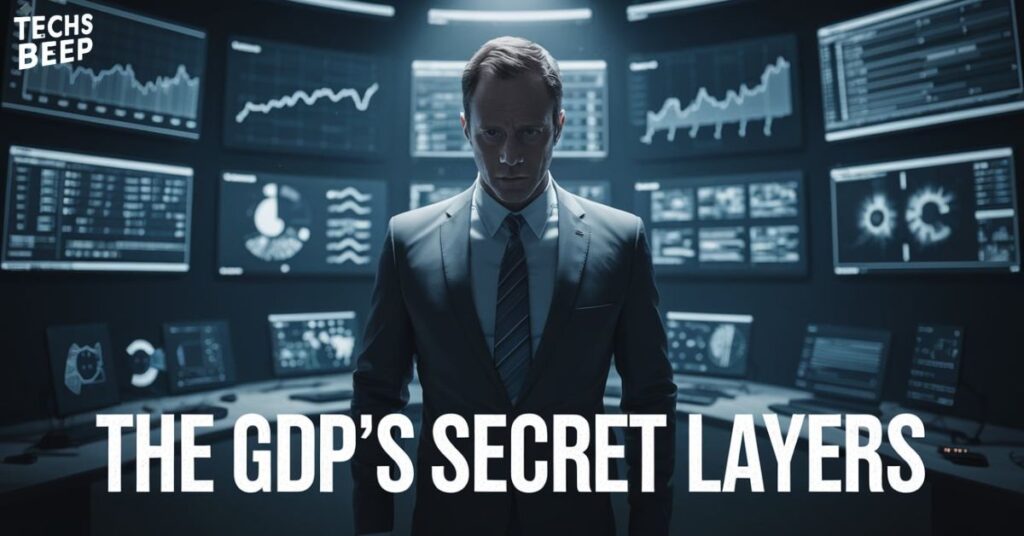
GDP, our trusty economic yardstick, has some secrets up its sleeve. Let’s peek behind the curtain:
Above and Beyond the Figures
GDP isn’t just a cold, hard number.
It’s a story with many untold chapters:
- The Shadow Economy: Those cash-only deals and under-the-table transactions? They’re economic ghosts, invisible to GDP but very real in impact.
- Volunteer Power: The countless hours people spend helping others don’t show up in GDP, but they’re priceless to communities.
- Digital Freebies: How do you measure the value of free apps and online resources? GDP scratches its head at this one.
The Pieces That Are Missing
GDP’s blind spots are as telling as what it measures:
- Nature’s Balance Sheet: Environmental costs? GDP shrugs these off, even though they’re crucial for long-term prosperity.
- Wealth Distribution: A rising GDP tide doesn’t lift all boats equally. Income inequality hides in GDP’s shadow.
- Well-being Factors: Happiness, health, and social cohesion? GDP’s calculator doesn’t have buttons for these.
Rethinking GDP
It’s time for a fresh perspective on measuring economic success:
- Beyond the Bottom Line: New indicators like the Genuine Progress Indicator (GPI) and Social Progress Index (SPI) are joining the conversation.
- Quality Over Quantity: Maybe it’s not about how much we produce, but how well we live.
- Sustainability Matters: Future-proofing our economy means looking beyond short-term gains.
E355’s Hypothetical Contents
What might this mysterious deleted scene contain? Let’s speculate:
- Hidden Economic Heroes: Stories of small businesses and innovators making big impacts.
- The Ripple Effect: How local economies influence the national picture in unexpected ways.
- Future Forecasts: Predictions for emerging economic trends that could reshape industries.
Cultural Influence

The mystery of E355 has sparked a cultural phenomenon, turning economic discourse into a pop culture talking point. Its influence extends far beyond academic circles, igniting public imagination and debate.
Fan Interaction Theories and Conjectures
The mystery of E355 has sparked a wildfire of theories:
- Some believe it contains groundbreaking economic models that could revolutionize policy-making.
- Others speculate it reveals the true environmental cost of our current economic system.
- A few even suggest it might propose an entirely new currency system for the digital age.
Internet Conversations
Online forums are buzzing with E355 chatter:
- Reddit threads dissect every leaked detail about the scene’s contents.
- Twitter hashtags like #E355Truth and #GDPSecrets trend regularly.
- YouTube economists create speculative videos that rack up millions of views.
Impact on the Popularity of Series
This deleted scene has turned GDP from a dry topic into a pop culture phenomenon:
- Economics podcasts have seen a surge in listeners.
- University economics courses are overflowing with curious students.
- Even late-night TV hosts are cracking jokes about GDP calculations.
The Application of Cut Scenes within Media
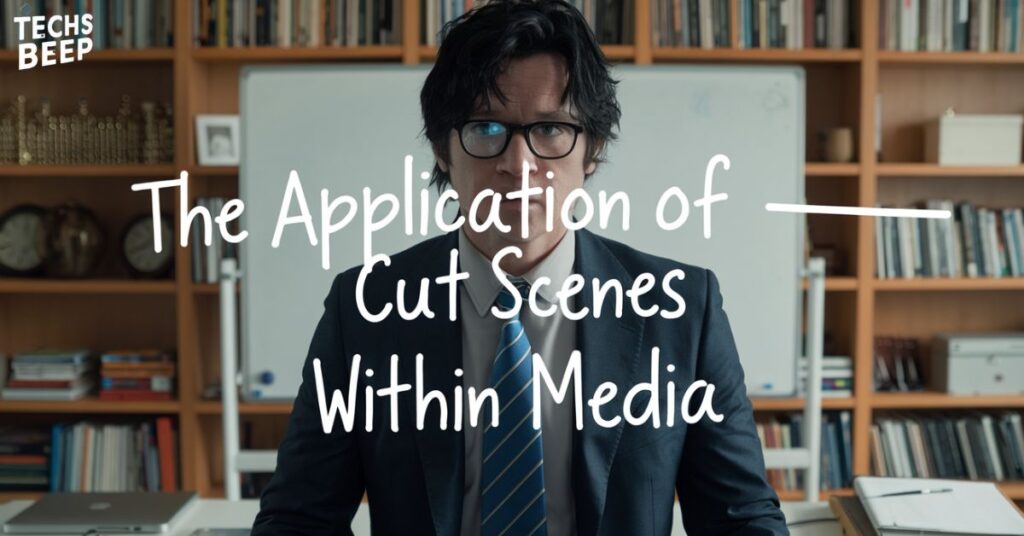
Deleted scenes like E355 serve as powerful tools for engagement and education in the media. They offer a unique opportunity to explore complex ideas and alternative narratives.
To Promote Imaginative Communication
Deleted scenes like E355 are goldmines for creative thinking:
- They encourage us to question established narratives.
- These scenes spark discussions about alternative economic models.
- They blend entertainment with education, making complex topics accessible.
Enhancing Interaction with the Audience
E355 has turned passive viewers into active participants:
- Fan theories become collaborative thought experiments.
- Social media debates foster a deeper understanding of economic principles.
- Interactive online simulations let people explore different economic scenarios.
Examining Different Storylines
E355 opens doors to “what if” scenarios:
- How would our economy look if we prioritized well-being over growth?
- What if we measured progress by environmental health instead of production?
- Could a sharing economy change the fundamentals of GDP calculation?
Famous Illustrations of Removed Scenes
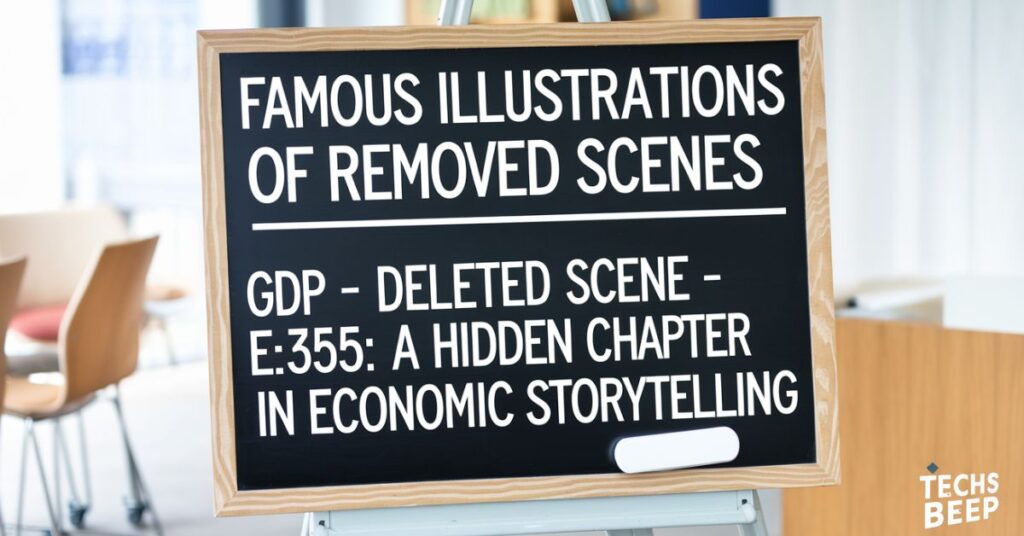
Examining famous deleted scenes from popular media can provide insight into the potential impact of E355. These examples showcase how missing pieces can significantly alter our understanding of a larger narrative.
The Farewell to Biggs Darklighter from “Star Wars: A New Hope”
This cut scene parallels E355 in its impact:
- It added depth to Luke’s character, just as E355 adds depth to our understanding of GDP.
- Fans debated its significance, much like economists debate the importance of unmeasured economic factors.
- Its restoration in later editions mirrors calls to include broader measures in economic indicators.
Read this article: HTTPS://MULTIGRAFICO.COM/KHALIL-CHISHTEE-NO-TODO-EL-ARTE-ES-BELLEZA/
“The Avengers” – Alternative Beginning
The alternate opening of “The Avengers” reflects E355’s potential to shift perspectives:
- It set a darker tone, just as E355 might reveal sobering truths about our economy.
- This scene’s exclusion and later reveal mirrors the hidden aspects of economic measurement.
- Fan reactions to its discovery echo the excitement around potential revelations in E355.
The Dursleys’ Disappearance via “Harry Potter and the Deathly Hallows”
This deleted scene’s emotional impact resonates with E355’s potential:
- It humanized characters, just as E355 might humanize economic statistics.
- Its absence and later inclusion show how additional context can change interpretations.
- The scene’s popularity demonstrates the public’s appetite for deeper, more nuanced storytelling.
Final Words
As we close the book on “GDP – Deleted Scene – E355,” we’re left with more questions than answers. But perhaps that’s the point. Economics, like any good story, is full of complexity, hidden depths, and room for interpretation.
This journey through the cutting room floor of economic indicators reminds us that there’s always more to learn. It challenges us to look beyond the headlines and dig deeper into the forces shaping our world.
So the next time you hear about GDP growth or economic indicators, remember E355. There’s always a deleted scene, a hidden chapter, waiting to be discovered. And who knows? Maybe you’ll be the one to uncover the next big economic plot twist.
Frequently Asked Questions
What exactly is GDP?
GDP measures the total value of goods and services produced in a country.
Why is GDP criticized?
It overlooks factors like environmental costs, income inequality, and quality of life.
What are some alternatives to GDP?
Genuine Progress Indicator (GPI), Social Progress Index (SPI), and Human Development Index (HDI).
How does the shadow economy affect GDP?
It represents economic activity not captured in official GDP calculations.
Can GDP measure happiness?
No, GDP doesn’t directly measure subjective well-being or happiness.


